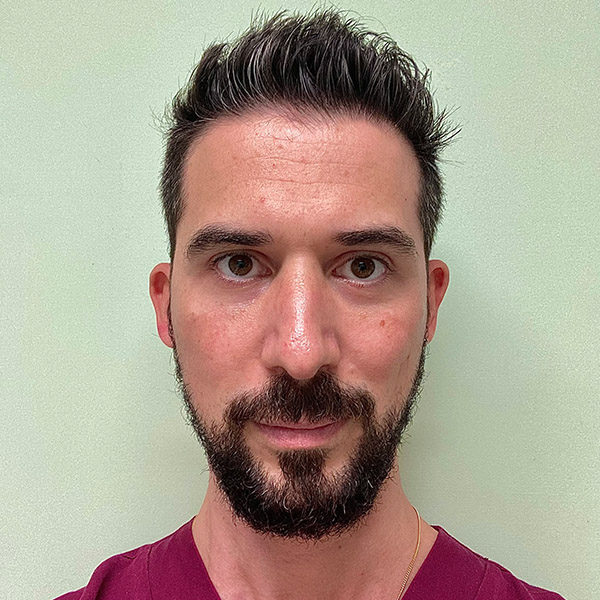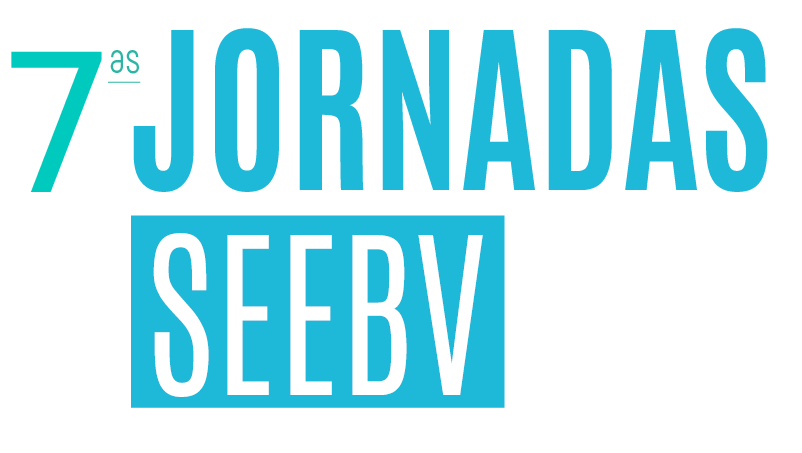
Abstract
Brain plasticity and management of eccentric fixation
Davide Cacciatore – Orthoptist at Regional Low Vision Center of Rimini (AUSL Romagna).
Background/aim:
The brain is a complex network of various subsets of cells that have the ability to be reprogrammed and also structurally rebuild1. The main point of neuroplasticity is capability of stimulation by a variety of stimuli for modulation of brain activity2. Brain compensates damages through reorganization and creation of new connections among undamaged neurons3 . Synaptic plasticity is achieved through improvement of communication in synaptic connections between existing neurons and is fundamental for retaining neuronal networks4. Eccentric viewing training has long been standard practice in a variety of low-vision rehabilitation services to train an individual to use a different retinal area, that Nilsson and her colleagues5 named the “trained retinal locus (TRL).” The rationale for the trained retinal locus is to use a retinal area that has better visual acuity and/or is located in a more optimal position relative to the scotoma, which may in turn optimize visual function.
Content:
Today it is known that the possibility to train a different retinal locus is based on thevisual perceptual learning (VPL), defined as performance enhancement on a visual task as a result of repeated visual experience and it has been regarded as a manifestation of brain plasticity.
The repeatability is possible using prisms (PRLoop – Fonda) that works as a daily training: the target is present constantly on the TRL, the result is an increase of visual acuity and fixation stability verified with the microperimetry.
Conclutions:
PRLoop is an alternative solution to train a TRL with moderate instability, increasing visual acuity and fixation stability.
Bibliography:
1. Götz M., Jarriault S. Programming and reprogramming the brain: a meeting of minds in neural fate. Development. 2017;144(15):2714–2718. doi: 10.1242/dev.150466.
2. Voss P., Thomas M. E., Cisneros-Franco J. M., de Villers-Sidani E. Dynamic brains and the changing rules of neuroplasticity: implications for learning and recovery. Frontiers in Psychology. 2017;8 doi: 10.3389/fpsyg.2017.01657
3. Lin M. P., Liebeskind D. S. Imaging of ischemic stroke. Continuum: Lifelong Learning in Neurology. 2016;22(5):1399–1423. doi: 10.1212/CON.0000000000000376.
4. Power J. D., Schlaggar B. L. Neural plasticity across the lifespan. Wiley Interdisciplinary Reviews: Developmental Biology. 2017;6(1):p. e216. doi: 10.1002/wdev.216.
5. Nilsson UL, Frennesson C, Nilsson SE. Patients with AMD and a Large Absolute Central Scotoma Can Be Trained Successfully to Use Eccentric Viewing, as Demonstrated in a Scanning Laser Ophthalmoscope. Vision Res 2003;43:1777–87.
Curriculum Vitae
Orthoptist and Physiotherapist. Manager of the Regional Low Vision Center of Rimini (Italy).
Education:
-Master’s degree – Neurophthalmology and visual neuro- rehabilitation.
-Master’s degree – Management for Coordination of Health Professions.
-Master of Science – Health Care Management.
-Bachelor’s degree – Physiotherapy.
-Bachelor’s degree – Orthoptic.
